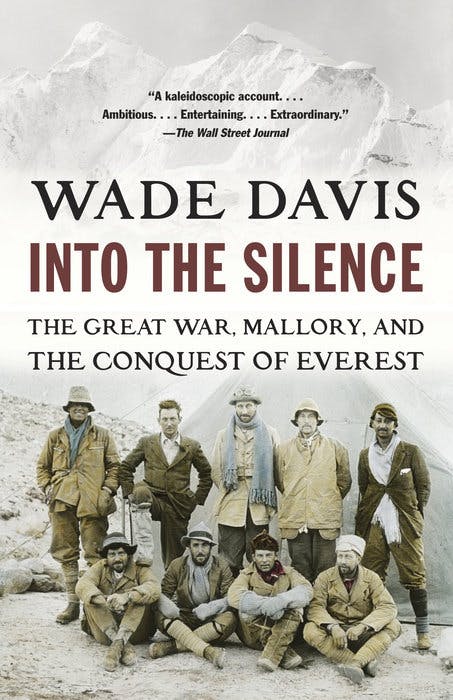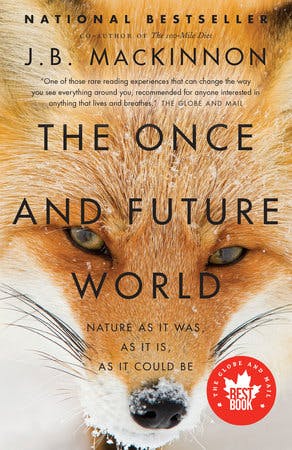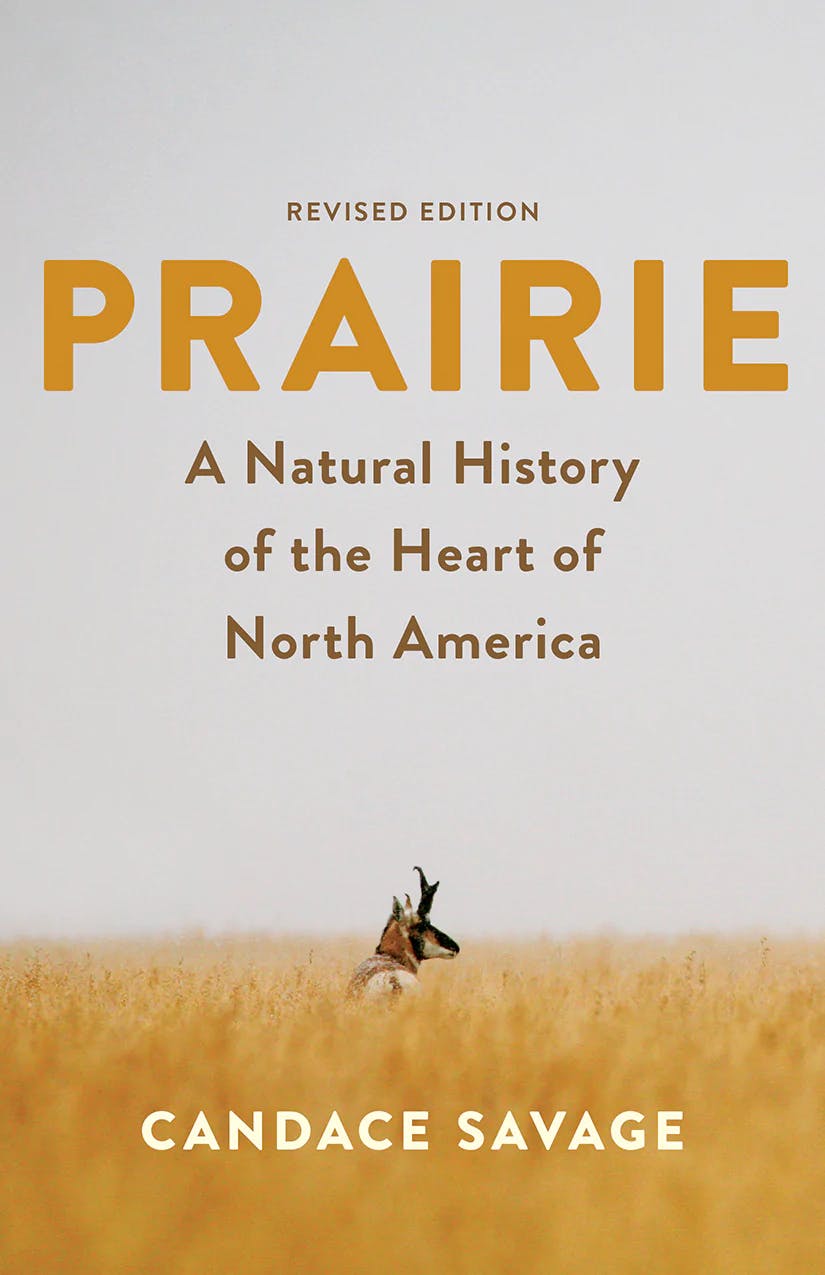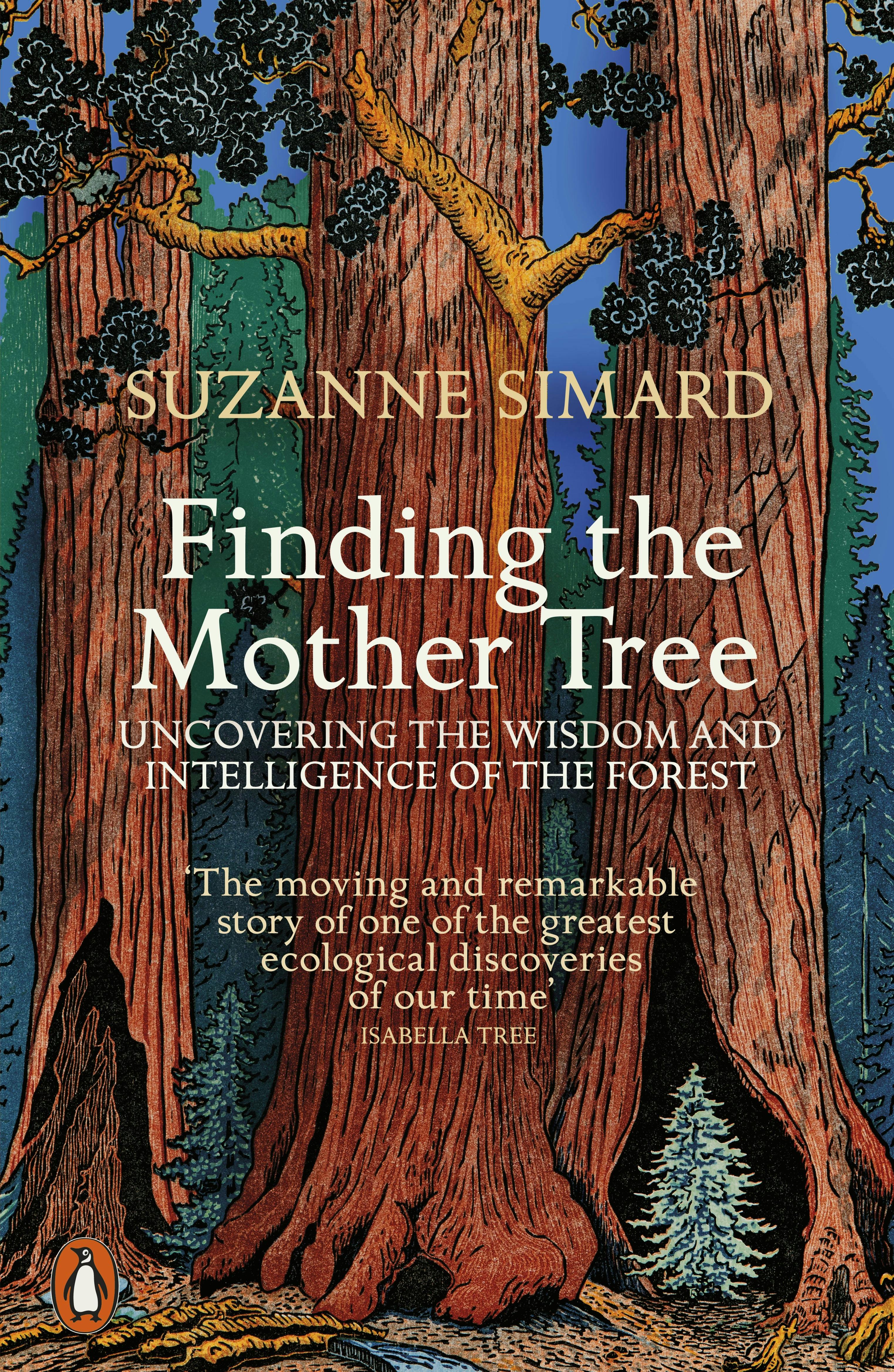Landscape and the Human Heart: A Summer Reading List
“For more than 15 years now I have been writing about the relationships between landscape and the human heart.” Robert Macfarlane, Underland: A Deep Time Journey
Myth, literature, language, memory, magic. These are the prisms through which celebrated writer and inaugural Weston International Award winner Robert Macfarlane explores the natural world and our relationship to it. In six books of nonfiction and five of poetry, he mines the language of landscapes, walks above ground and below, and interweaves stories — his own and those of authors he admires — with scientific fact, recognizing that, through the power of storytelling, he can inspire us to share his passion.
Macfarlane walks (The Old Ways), climbs (Mountains of the Mind), and descends (Underland); he reads (Landmarks), writes, and conjures “spells” to preserve nature through language (The Lost Words and The Lost Spells). Writing about nature and the land is abundant in Canada. Here, we’re inspiring your own literary exploration by highlighting five Canadian authors who share Robert Macfarlane’s preoccupations.

“An instant classic of mountaineering literature.” Observer
Robert Macfarlane’s first book, Mountains of the Mind: A History of a Fascination, begins as the author’s desire to understand his own obsession with climbing (“as a young man I was, at times, ready to die for love of them,” he writes in Underland) and unfolds as an adventure in fear, exhilaration, and in the footsteps of previous explorers.
Canadian author, anthropologist, ethnobotanist, and photographer Wade Davis was an explorer-in-residence at the National Geographic Society when his award-winning book Into the Silence was published in 2012. In this exhilarating adventure narrative, Davis recreates the almost mythic efforts of George Mallory and his fellow climbers in the early 1920s and examines how the men’s experiences during the Great War influenced their desire to conquer the mountain.

“One of the most important ecological writers of our time.” Quill & Quire
Published in 2013, Mackinnon’s bestseller about rewilding remains a timely, thought-provoking, and ultimately hopeful read.
Like Macfarlane, Mackinnon appeals to our forgotten memory of the natural world. He challenges us to alter our perceptions of what constitutes “nature,” and to overcome the collective myopia and “environmental amnesia” that render us oblivious to the scale of the erosion of our natural surroundings.
He challenges our notions of wilderness (romantic and unspoiled? Or full of mosquitos?). He argues for reconnecting with nature, becoming more ecologically literate, and making good choices about preserving and rewilding what “wilderness” we have.

David A. Robertson – On the Trapline (illustrated by Julie Flett)
“A deeply affecting journey of memory and history.” Publishers Weekly
“Language deficit leads to attention deficit,” writes Robert Macfarlane in Landmarks. “As we further deplete our ability to name, describe and figure particular aspects of our places, our competence for understanding and imagining possible relationships with non-human nature is correspondingly depleted.”
Lost or forgotten language is a preoccupation of Macfarlane’s. His books contain glossaries of words for the land in Gaelic, Scots, Welsh, and regional British dialect. In The Lost Words and The Lost Spells, he even rescues nature words in modern English from extinction, creating poems around words for animals or plants that have fallen out of use.
David A. Robertson is a prolific, award-winning writer for young readers. In On the Trapline, which won a Governor General’s Literary Award for Young People’s Literature, a young boy embarks on a northern journey along a trapline with his grandfather and learns about family tradition and connection to the land. Here, too, language holds magical powers for the relationship between human and habitat. Each page includes words or phrases in Swampy Cree – unknown or forgotten words to cast a spell of connection to the land: kiwētinohk means “north,” minisa means “berries,” pisiskowak means “animals.”

“She’s really a writer of place.” Maclean’s
As a chronicler of the natural world, Candace Savage is beloved in Canada and beyond. The Royal Society of Canada member’s oeuvre includes writing about bees, pelicans, bears, wolves, and falcons, but notably about the prairie she has always called home.
Like Macfarlane, Savage’s quests to solve personal mysteries have allowed her curiosity to unfold across thousands of pages and a collection of books that become both biography of and love letter to the land, its history, and its inhabitants.
Those works include Prairie: A Natural History of the Heart of North America, which documents an ecosystem’s deep history from Saskatchewan to Texas; Strangers in the House: A Prairie Story of Bigotry and Belonging, in which she unearths a dark history in her own home; and A Geography of Blood: Unearthing Memory from a Prairie Landscape.
In A Geography of Blood, which won the Hilary Weston Writers’ Trust Prize for Nonfiction in 2012, a journey to nearby Eastend, Saskatchewan. leads Savage to yearn for knowledge, not of what is in front of her, but of what is missing: the wolves, birds, plains grizzly, buffalo, and people. As Macfarlane introduces lost language to enable us to reengage with the natural world, Savage asks us to reintroduce to our conversation the missing people and species of the prairies.

“Suzanne Simard demonstrates how storytelling can ignite something science alone cannot.” Guardian
Though Finding the Mother Tree is Suzanne Simard’s first book, the ground-breaking (in all senses) research of the forest ecologist had already made her a literary personality before its publication. She was the inspiration for a character in Richard Powers’ Man Booker Prize-winning novel, The Overstory, and her work will be familiar to readers of Peter Wohlleben’s internationally bestselling The Secret Life of Trees or of Robert Macfarlane’s Underland.
Filled with scientific discoveries so magical they seem almost unreal, Finding the Mother Tree is the story of Simard’s research into the “wood wide web:” her discovery that trees communicate through an underground system of fungi.
Simard shares with Macfarlane the sense of something spiritual, something magical, in the land. She urges us to listen so that we can see it too.